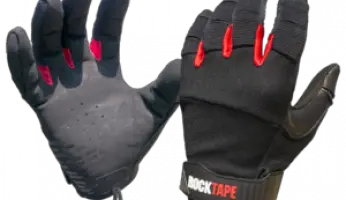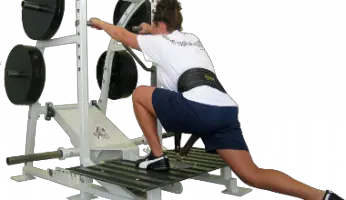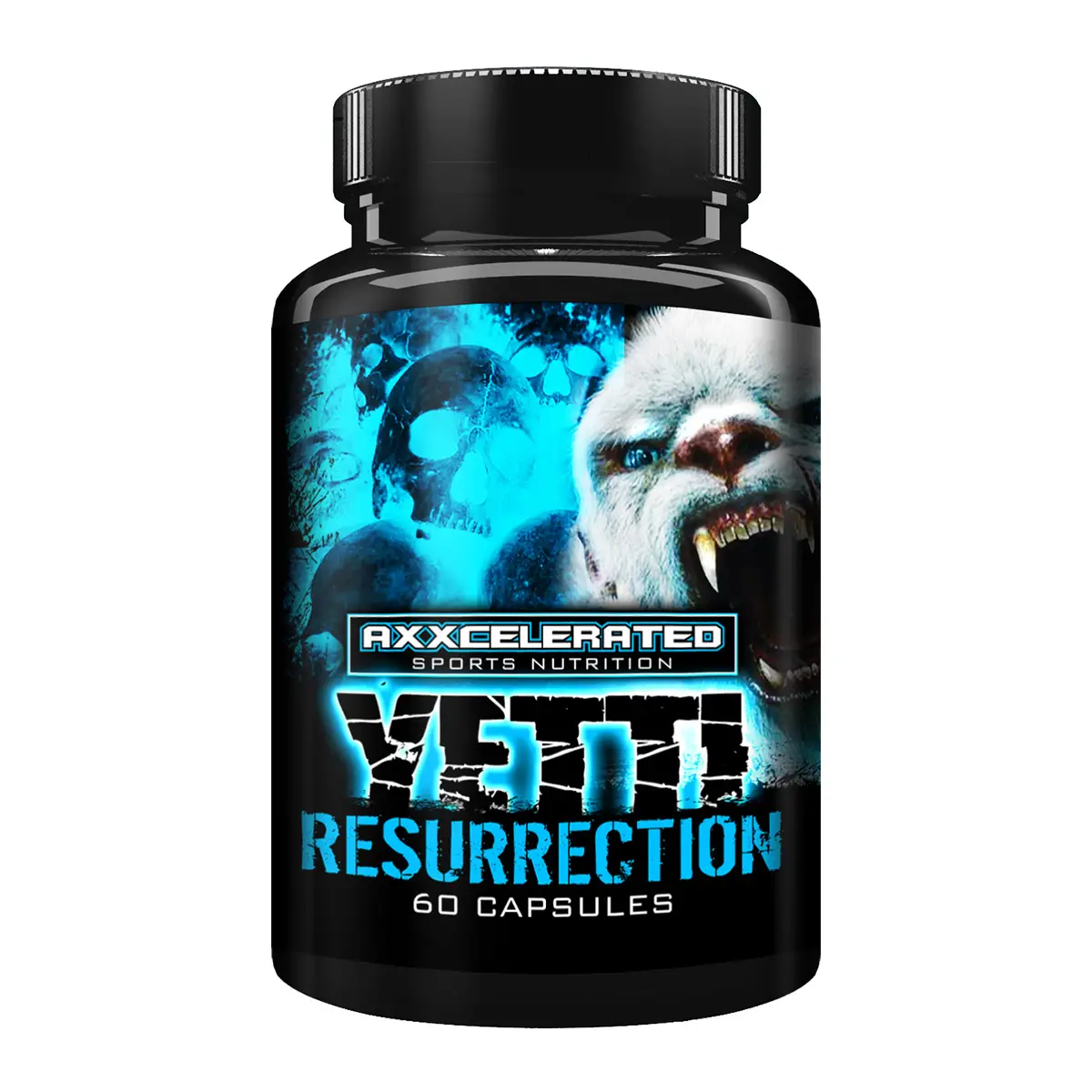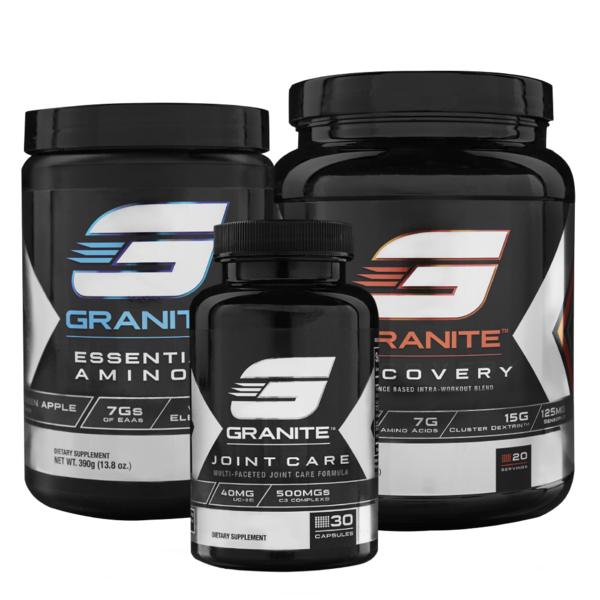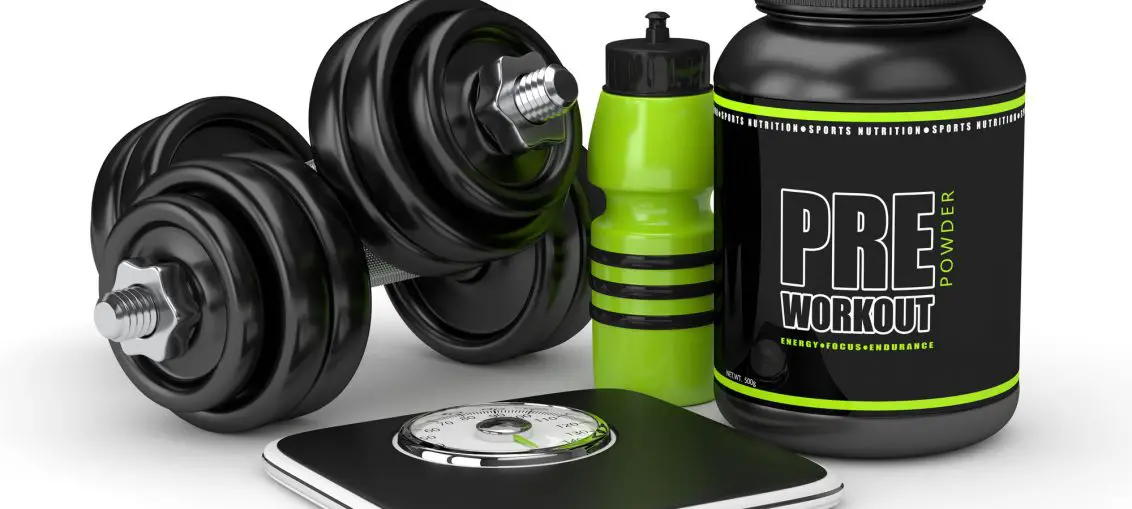How to Prevent and Avoid Shin Splints
Many trainers have limited knowledge as to what shin splints are exactly. What they do know is that they are very painful and they want to get rid of them. In this article, we’ll not only explain what causes the agony but provide you with seven proven ways to find out how to cure a shin splint.
What Are Shin Splints?
Shin Splints, or medial tibial periostitis, is a pain at the lower front of the leg that is brought on by exercise. They can be the result of not warming up properly, the stress brought on by suddenly increasing your running volume, bad running form, the constant pounding of running on a firm surface or some form of biomechanical abnormality.
Symptoms of Shin Splints
The symptoms of shin splints are a dull ache felt on the inner side of shin. This pain gets worse when you start to exercise. You may also experience some swelling in the area, as well as muscle pain and tenderness and soreness along the inner part of your lower leg.
The pain from shin splints may also be accompanied by weakness or numbness in your feet, swelling, and increased pain during exercise like when you are running downhill, running on a slanted surface, start and stop sports like soccer, tennis, and basketball, and if you are wearing uncomfortable shoes.
If your skin feels hot to the touch and you are experiencing pain even when at rest, you should see your doctor right away. Women, people that have flat feet, rigid arches, athletes, and dancers all have a higher risk of getting shin splints.
You should also see a doctor if you experience any of the following more severe symptoms:
- Your shins are visibly inflamed and feel hot to the touch
- The swelling in the area is getting much worse
- The pain is not going away, even when you are not moving
- You experience severe pain following a fall or other accident
Diagnosing Shin Splints
In order to diagnose shin splints, your doctor will have to perform a physical exam, and they will ask you a series of questions so that they can better understand your physical activity levels and how often you participate in these activities.
Sometimes they may even order diagnostic tests such as an Xray or another imaging scan so that they can rule out a more serious condition such as a fractured bone.
Medial Tibial Stress Syndrome
Medial Tibial Stress Syndrome is extremely common and causes pain when the shinbone is overused. The condition is better known as shin splints, and there are two types of shin splints to watch for.
Type one shin splints are characterized primarily by a stress reaction located on the inside border of the shin bone and is typically the preceding stage to a fracture. Type two is more irritation on the outer surface of the shin bone where the Soleus and Tibialis Posterior muscles attach. Shin splints are largely caused by overuse and by running on less than desirable areas like pavement and other hard surfaces.
Other Forms of Shin Splints
Compartment Syndrome and Tibial Stress Fractures are also considered forms of shin splints. Compartment Syndrome can decrease blood flow and prevent nourishment from reaching the muscles and nerves. Symptoms of Compartment Syndrome include severe pain, a pin and needles sensation, and even weakness.
Tibial Stress Fractures are when there is a pain on the lower third of the tibia, and this pain is accompanied by tenderness and swelling. It usually occurs after running long distances and can cause more pain when you press on the shin area. Stress fractures can take up to eight weeks to heal, and in that time, you may have to modify your activities to allow time for the shins to heal.
Ice and Compression
Ice compresses can be used to help stop the swelling and pain in the shins. Instant cold compresses, hot or cold gel packs, cooling bandages, and ice bags are all common treatments.
Anti-Inflammatory Medication
Anti-inflammatory medication such as ibuprofen and aspirin can help reduce the swelling and the pain while you heal. Combine anti-inflammatory medication with rest, ice therapy, and compression, and you will have an easier recovery time.
7 Surefire Ways to Get Over Shin Splints
-
Wear Calf Compression Sleeves
Compression sleeves are a fantastic way to improve your running performance while providing a shin splint cure. They do this in two main ways.
Maintaining the flow of oxygenated blood to the muscles is important to improved performance. It also removes lactic acid and other waste products when you exercise. The buildup of these waste products inhibits performance and leads to soreness.
The shock and vibration of running is a key contributor to shin splints. Compression sleeves help in both areas by applying graduated compression to the lower leg. The lighter compression is in the ankle, and it gradually decreases as you go up the leg.
Compression causes arteries to dilate, increasing the supply of oxygenated blood to the muscle and causing veins to constrict; this increases the blood flow and waste product removal from the area.
Compression sleeves also provide physical support to the muscles to reduce muscle shock and vibration; this goes a long way to reducing the impact on the shins.
The combined effect of more oxygen, less buildup of lactic acid, and decreased muscle vibration results in enhanced performance, reduced fatigue, and less shin splint pain.
Compression sleeves don’t only bring shin splint relief when you’re exercising. Working professionals who spend a lot of time on their feet can also greatly benefit.
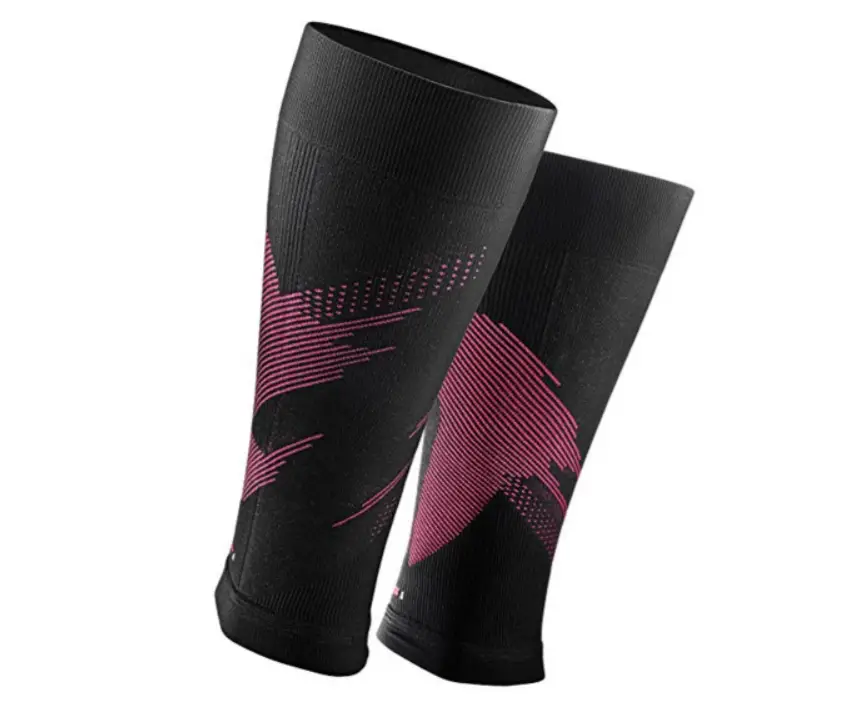
The best compression sleeves to provide you with relief from shin splints is the Blaze Compression Sleeve from a newer brand named Rockay. This premium quality sleeve is not only super durable, but is also made with sustainability in mind. The brand produces all of their products using repurposed plastic waste from the ocean, which is awesome.
In addition, this sleeve WILL NOT lose its elasticity like many rival brands. More impressive still, the Blaze Compression Sleeves are the best value you’ll find anywhere – and they come with a 100% money back guarantee.
-
Wear Quality Shoes
If you’ve only got a single pair of shoes to run in, you will be far more likely to get shin splints. After six months of regularly running in a pair of shoes, the heels will wear down, the soles will get thin, and the ankle stability will decrease. That’s why ideally you should replace your shoes every 6-9 months; this may set you back a $100-200, but it will help to avoid the pain of shin splints.
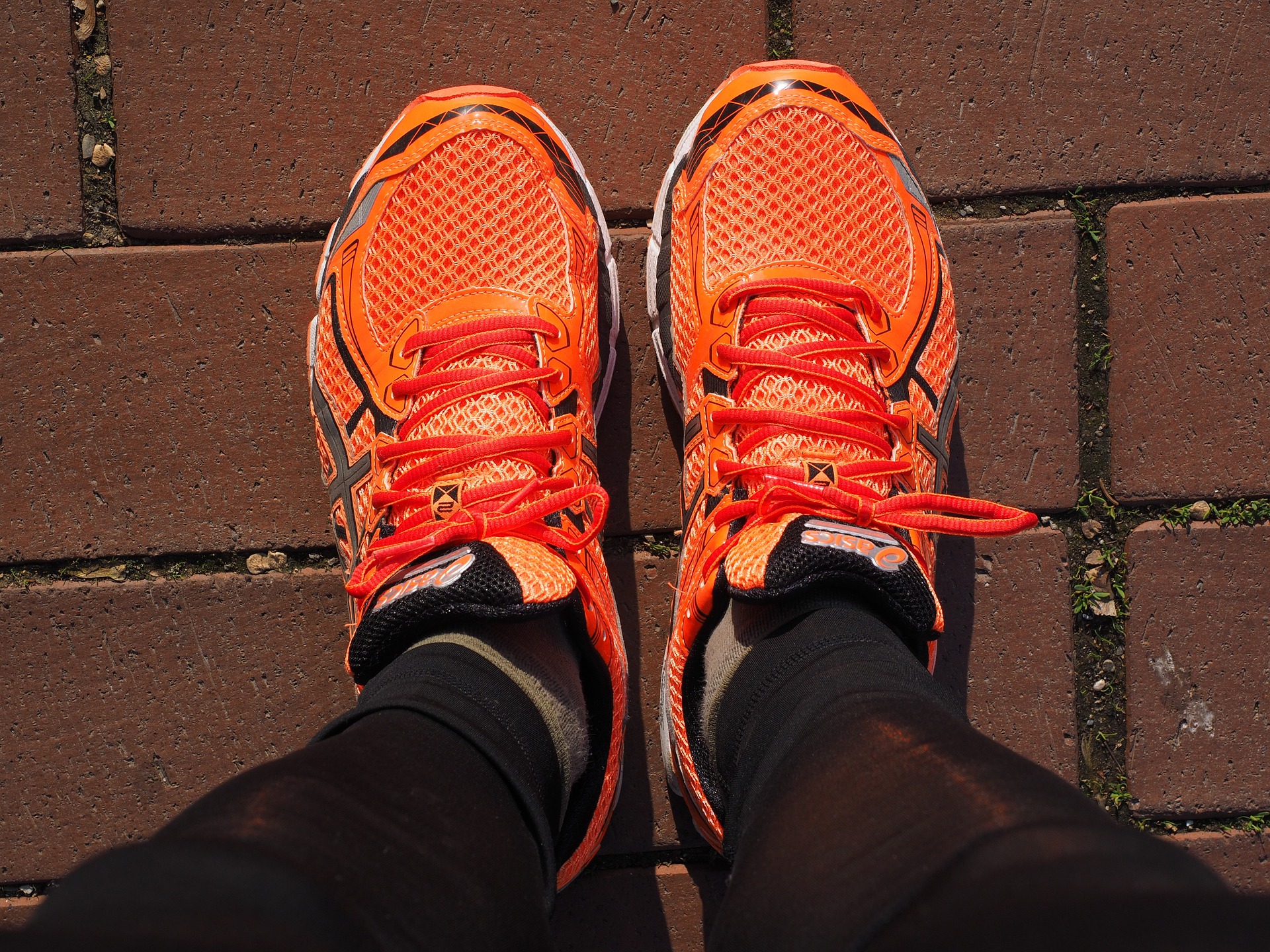
-
Choose the Shoes Specific to Your Needs
A lot of shin splint problems originate with either over or under pronation when running. You can buy shoes to correct these issues, but first, you need to identify them.
Over Pronation / Under Pronation
If the foot striking the ground tilts inwards, the force is focused on the inside of the foot and ankle and this places undue strain on the knee and causes the hips to rotate, which destabilizes the core.
The opposite of this, under pronation, sees the foot tilting outward which puts the stress on the outside of the knee and this inhibits the body’s natural shock absorbing ability. The ideal is to have a neutral gait, where the pressure is distributed evenly throughout the sole; this allows push off for the next cycle to come from all five toes.
To determine the way that your lower leg absorbs the shock of the impact (your foot pronation), simply take a look at a pair of your shoes. If most of the wear is on the outside of the sole, then you are more than likely an under pronator.
If the wear is more towards the inside of the sole, you are an over pronator. If the wear appears even, then you are likely to have a neutral running gait.
You can also perform the ‘wet foot test’ to pinpoint your running gait. Step in some water in bare feet then stand on a piece of colored paper. Now analyze the mark left behind. You will be able to see clearly if you have raised arches (there will be no impression for the mid-foot), low arches (the impression of the entire foot will appear), or neutral arches (the impression curves naturally at the mid-foot).
Raised arches are a sign that your feet under pronate. You may also have the tendency to run on your forefoot, and your foot does not pronate sufficiently. Low arches have a flatter foot due to the arch collapsing throughout the foot motion.
In order to develop a good training gait, you need to consider the type of shoes that you wear while running.
The most important requirement of your shoes is to get the right fit. To achieve this, you need to match your running shoe to your gait as follows:
Under Pronators – Cushioned shoes are designed for you. You tend to run on your toes and have a raised arch. The shoe is not big on stability, but it does provide softness and cushioning under foot.
Over Pronators – Control shoes are specifically designed for you. You have a flatter foot due to the arch collapsing through foot strike. The shoe is heavier and provides extra support and cushioning.
Neutral Gait – The shoe for you is called a “support” shoe. Support shoes combine cushioning with a lightweight shoe, and they tend to have extra support on the inner side of the shoe to reduce foot roll.
If you are going to go shopping for a new pair, don’t be overly swayed by the look and color of the shoe. After matching the type of shoe to your running gait, consider the following factors:
- Shoe Size – Allow half an inch from the front of the shoe to the end of your longest toe; this allows for the expansion of the foot that occurs when you run
- Your Weight – The more you weigh, the more cushioning and support the foot requires
- The Running Surface – If you will be running mainly on a paved road, you need a shallow and hard-wearing tread. Off road running demands deeper lugs for better grip
- Foot Width – Do you have a broad or a narrow foot? Look for a shoe that goes beyond the standard D fitting, and is more tailored to your shape
-
Run on Soft Ground
When running, run on grass or dirt, and you will experience far fewer issues with painful shins. The worst material to run on is concrete. You can get away with it over short distances, but for long distance running, you should stick with firm grass or dirt in order to get shin splint relief.
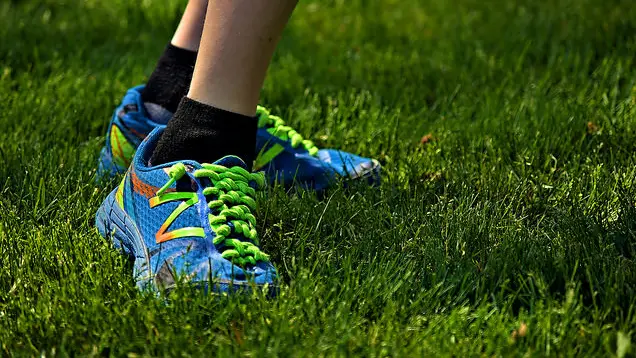
-
Stretch and Warm Up
A lot of shin splint pain could be avoided if people get into the habit of stretching and warming up before they run. Begin with a 3-5-minute walk to get warm your muscles.
Stretch before you begin running, place a big emphasis on stretching the calves. If you are experiencing pain during your run, stop every half mile or so and give your legs a good stretch before continuing.
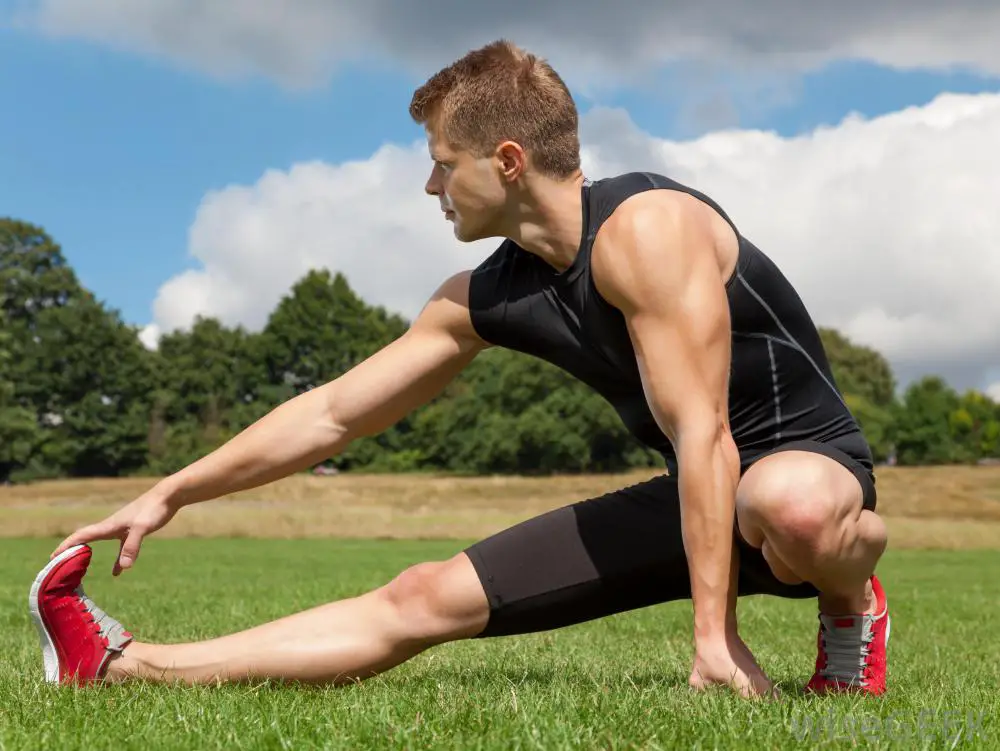
Shin Splint stretches need to focus on the calf muscles. Here is the key shin splint support stretch you need to be doing:
Calf Stretch
Stand with your right leg forward and your left foot a step width behind. With your toes pointing ahead, slightly bend your right knee, keeping your left knee straight and your heels on the floor. Hold for 30 seconds, then repeat with the other leg.
-
Running Form
A lot of shin splint problems result from an incorrect running technique. That’s why you should head down to a running specialty store and get a gait analysis done.
Trained professionals will watch you walk and run to determine if you over supinate or over pronate. They will also examine your cadence and vertical oscillation. Your cadence, or rhythm, refers to how many strides you take in a minute.
If that number is low it means that you are taking really long strides; this puts a lot more impact on your knees and shins. Vertical oscillation refers to how you jump between each stride. If you jump too high, your impact is going to be high also.
-
Insoles
Upgrading your insoles is the cheapest thing you can do to ward off shin splints. There are a lot of different types of insoles on the market, so it pays to experiment. Try those that provide a lot of arch support as well as ones that are made of carbon and have less support.
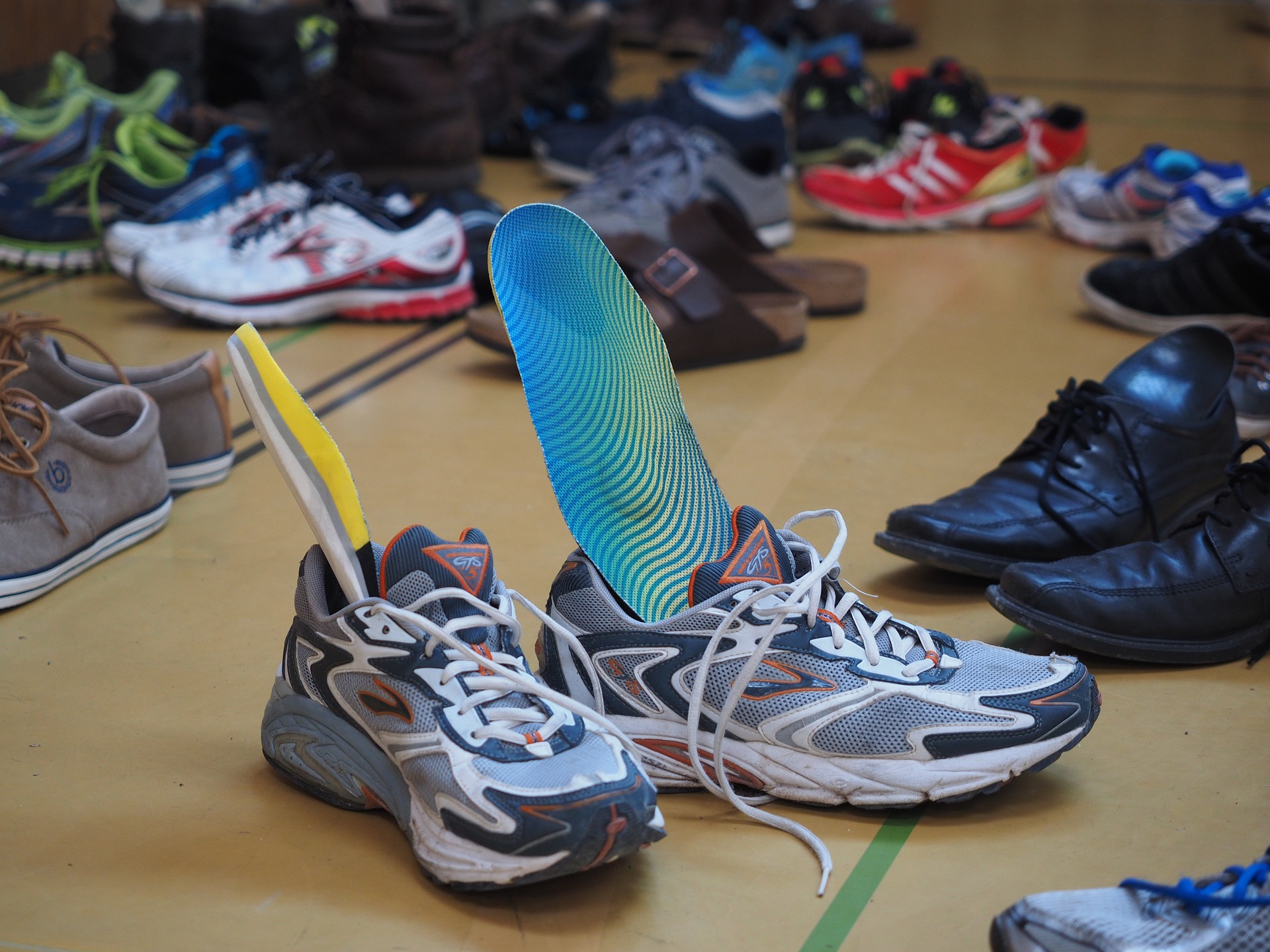
More Shin Splint Relief
When faced with shin splints it is important that you allow your body some time to rest. During your resting time, you can ice your shins to help reduce the pain and swelling.
Physical therapists will also often recommend range-of-motion exercises. A physical therapist can also help you identify and treat issues you may experience in your back and legs.
Using orthotics in your shoes is also helpful in treating the symptoms of shin splints. They can also help with collapsed arches and flat feet. You have some choices between what kind of product you decide to go with. You could choose a custom insert, which may set you back a little more money, or you could go with one of the many over-the-counter options. Being honest, with a little extra research and knowledge of your specific needs, a good over-the-counter product would likely work. You should still be prepared to not settle on the cheapest option in either case.
Getting shin splints definitely isn’t the end of the world, but it is painful, and it is extremely annoying to active people who don’t like to slow down. As long as you take steps to prevent it, you should be okay. If you are dealing with the issue, once you get over the painful problem, make sure to practice these precautions going forward to avoid repeat issues.


